We all want to follow a healthy, well-rounded diet, but it’s hard to keep track of all the different nutrients your body needs, let alone remember the specific foods that contain those nutrients. One of the nutrients people often overlook is folate, also known as vitamin B9, or when sold as a supplement, folic acid. Although you can take a folic acid supplement, there are actually many nutritious foods that naturally contain folate, and studies show that the folate consumed through foods is more readily absorbed than folic acid taken in supplement form (85% vs. 50%, respectively).
Folate is required to synthesize DNA and RNA as well as red blood cells and is involved in protein metabolism. Folate also plays an important role in breaking down the amino acid homocysteine, which in high levels, can be harmful to the body. Deficiencies in folate can lead to a certain type of anemia. The Recommended Dietary Allowance for folate for men and women ages 19 years and older is 400 mcg dietary folate equivalents (DFE). People who regularly drink alcohol require 600 mcg DFE.
Below, we’ve rounded up a list of the foods highest in folate (vitamin B9) to help ensure you have a number of options for getting in this key micronutrient.

Beans and Lentils

Legumes are in a family of nutritious, plant-based foods that include beans, peas, lentils, peanuts, and other similar foods. Legumes are high in fiber and contain complex carbohydrates, protein, and various minerals and vitamins, such as iron, magnesium, and potassium.
Legumes are a great source of folate. The exact amount of folate depends on the particular type of legume. One cup (198 grams) of cooked lentils provides an impressive 358 mcg of folate, which is 90% of the Daily Value (DV), while a cup (177 grams) of cooked kidney beans provides 131 mcg of folate or about 33% of the DV. Other legumes high in folate include black-eyed peas, pinto beans, chickpeas, and black beans.
Soy
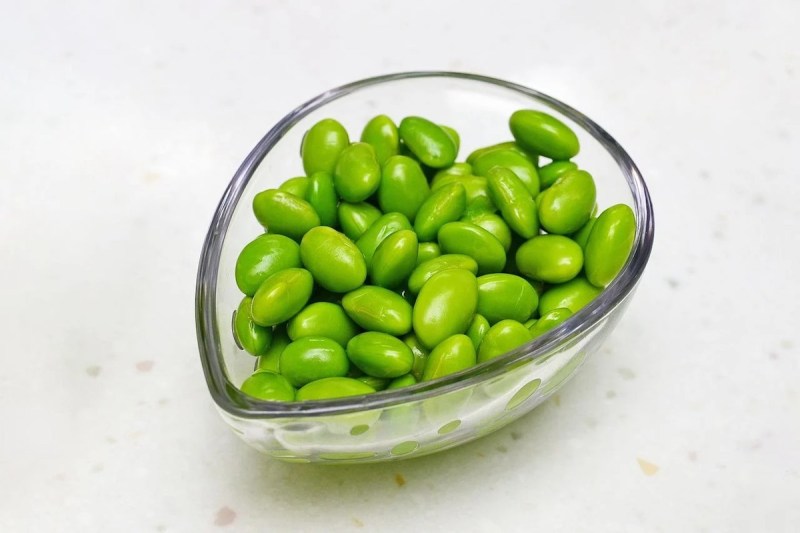
Like beans, soybeans are part of legume family and are very high in folate. Soy is rich in phytonutrients and is often used as a substitute for meat and poultry in plant-based diets. One cup of edamame packs in a whopping 482 mcg of folate, which is over 120% of the DV. Tofu is also a decent source of folate, though much less concentrated. One cup of firm tofu provides about 18% of the DV of folate.
Green Leafy Vegetables
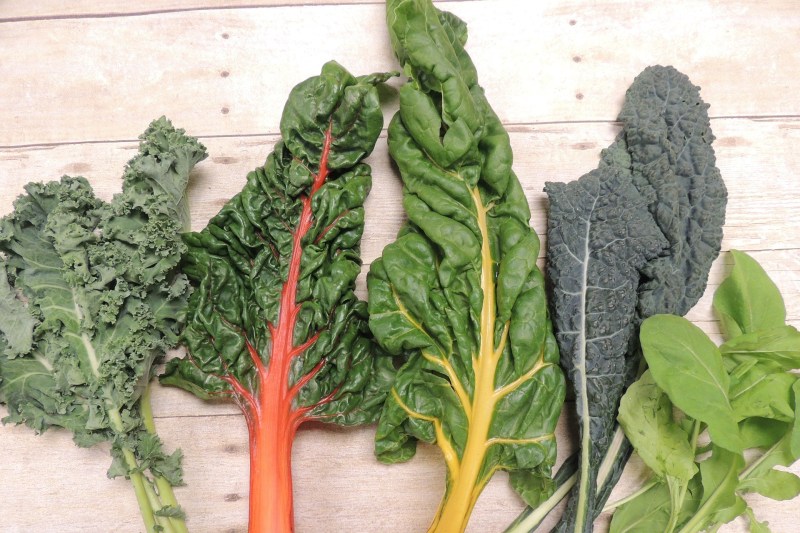
Dark, green leafy vegetables, such as spinach, kale, beet greens, and chard are one of the most concentrated sources of micronutrients per calorie. In other words, while eating a couple of servings of raw or cooked leafy greens will provide you with a significant portion of your daily requirements for various vitamins and minerals, you won’t end up consuming many calories since the energy density of leafy green vegetables is so low.
One cup (30 grams) of raw spinach contains 58.2 mcg of folate or 15% of the DV, and you’ll also get calcium, iron, protein, and vitamins A, C, and K. One cup of turnip greens provides 42% of the DV of folate.
Beef Liver

Although most of the foods high in folate are plant-based foods, beef liver is one of the most concentrated sources of this vitamin. A 3-ounce (85 grams) serving of cooked beef liver provides 212 mcg of folate, which is about 54% of the DV. This organ meat is also a great source of protein, iron, vitamin B12, copper, and vitamin A, among other essential nutrients.
Broccoli
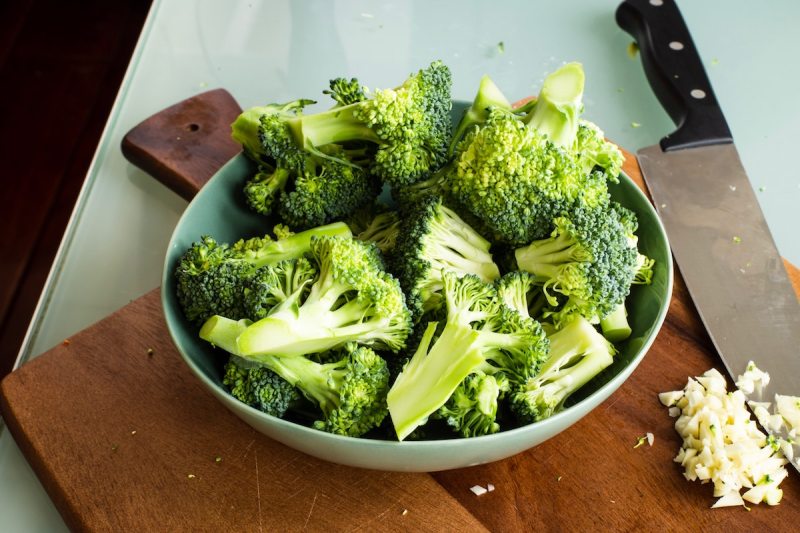
Broccoli is a nutrient-packed cruciferous vegetable that contains everything from vitamin C to calcium and magnesium. Broccoli is also a great source of folate. One cup of cooked broccoli provides 168 mcg or 42% of the DV of folate. Broccoli is a low-calorie food, so it’s a great vegetable to add to bulk up your diet and help you feel full without significantly increasing your caloric intake.
Asparagus

Asparagus is packed with vitamins, minerals, and phytonutrients. It’s also a great source of prebiotic fibers, the indigestible fiber that the beneficial bacteria in your gut microbiome thrive on. A 1/2 cup (90 grams) serving of cooked asparagus provides approximately 134 mcg of folate, or just over one-third of the recommended daily intake.
Beets
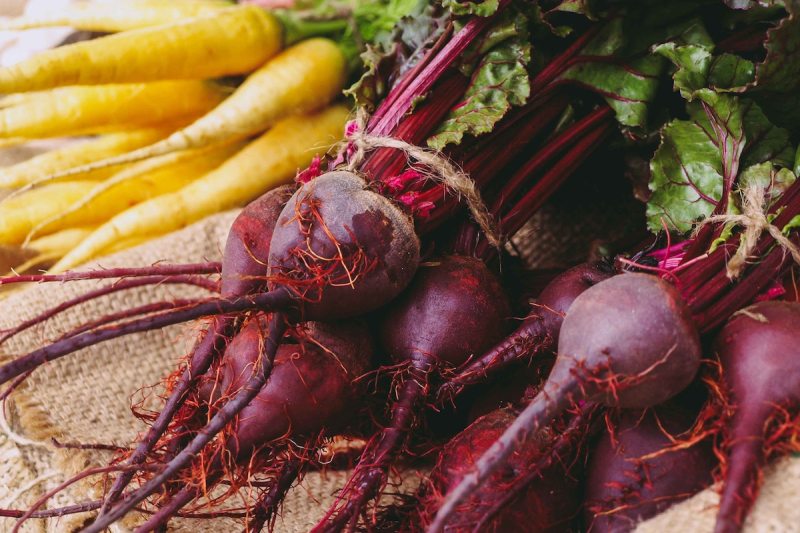
Beets are a sweet root vegetable that you can enjoy in many ways, including raw, pickled, roasted, candied, and others. Both the beet itself, which is the root of the plant, as well as the beet greens, are good sources of folate. One cup (136 grams) of raw beets provides about 37% of the DV or 148 mcg of folate. Beets are also high in vitamin C, potassium, and manganese.
Avocados
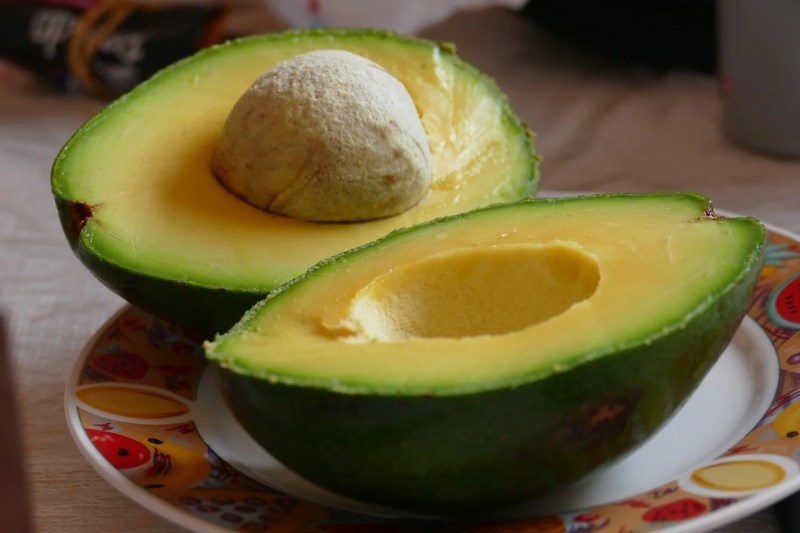
Avocados add a rich creaminess to savory and sweet dishes alike. For example, you can purée avocados with a little bit of cocoa powder and create a delicious, healthy dessert mousse.
Avocados are also a good source of many essential nutrients like vitamin E and heart-healthy fats. They also contain a lot of folate. One medium-sized avocado provides about 163 mcg of folate, which is 41% of the DV. Consider adding avocado to your salads, sandwiches, burgers, or toast.
Citrus Fruits
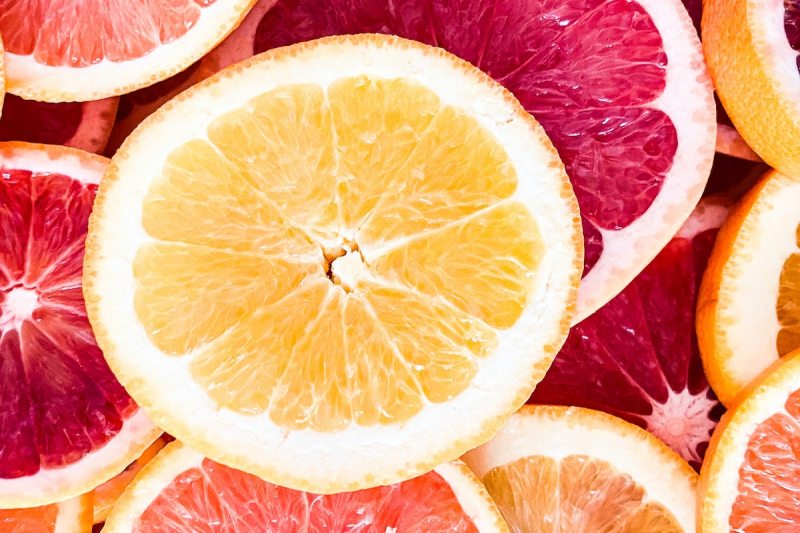
Citrus fruits, such as oranges, grapefruits, pomelos, tangerines, and lemons are not only packed with vitamin C, but they’re also high in folate. One medium-sized orange provides 55 mcg of folate or about 14% of the DV.
Guavas
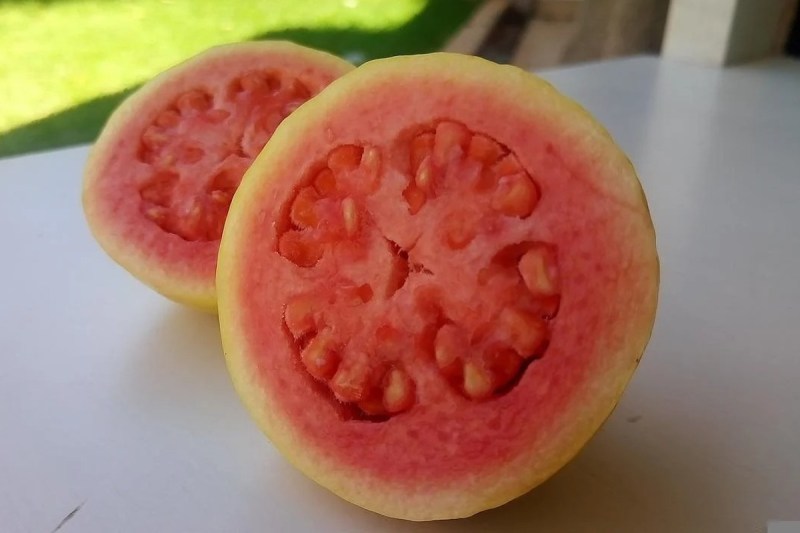
Certain fruits are high in folate as well. Guava is one example, with each cup providing 20% of the DV of folate. Mangoes are also among the best sources of folate when it comes to fruits, with a cup containing about 71 mcg or 18% of the DV of folate. Other fruits that are relatively high in folate include pomegranates, papayas, kiwis, and strawberries.
Lettuce

We tend to think of lettuce as being significantly less nutritious than dark leafy greens like spinach or collard greens, but this salad favorite still provides plenty of nutrients in its own right.
Like dark leafy greens, lettuce is very low in calories, yet you still get 64 mcg of folate per cup, which works out to about 16% of the DV. Endive, another salad green, is another rich dietary source of folate.
Sweet Corn

Who doesn’t love a fresh ear of corn on the cob in the summertime? Sweet corn is not only delicious and a beloved staple in many people’s diets, but also a nutritious starchy vegetable with a variety of micronutrients. One cup of cooked sweet corn provides 61 mcg or 15% of the DV of folate.
Eggs

Eggs are packed with many key nutrients, including iron, vitamin D, protein, and biotin. They are also a good source of folate, with each large whole egg providing about 22 mcg or about 6% of the DV of folate.



